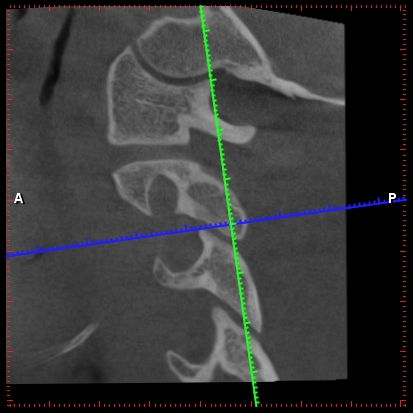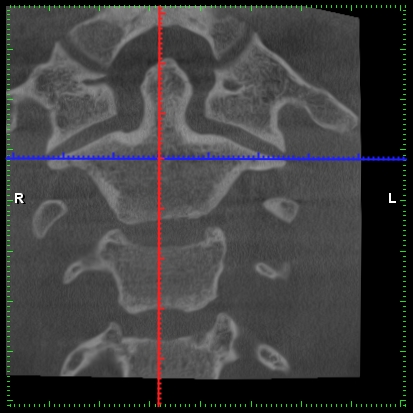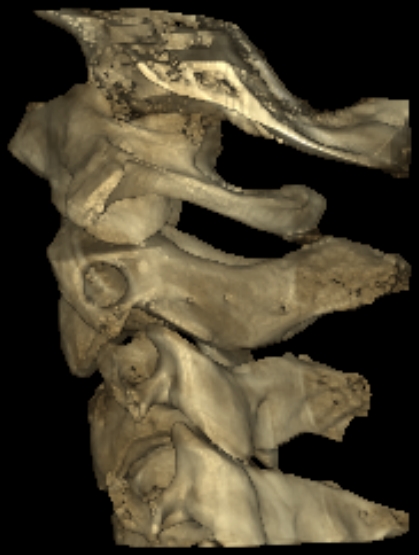Since the human structure is 3-dimensional, it is vital to view it with 3D imaging in order to accurately evaluate the alignment. Traditional X-ray is 2-dimensional, so certain factors like anatomical variations, positioning errors and asymmetry of structures can result in misdiagnosis some of the time.
The cranio-cervical junction (CCJ) plays an important role in the overall motion of the cervical spine, accounting for 25% of the flexion and extension, and up to 50% of the axial rotation of the neck.
Upper neck cervical CBCT is used to identify density of bone, fractures, skeletal maturation, cervical fusion assessments, cervical and temporomandibular joint instabilities, atlanto-occipital instability, bony alignment and styloid pathologies.
The detail of bony anatomy provided by a CBCT image of the CCJ is useful to appreciate the components of the CCJ and its role in cervical spine stability and clinical implications.
The CCJ is an area of unique consideration given bone morphology, biomechanics, ligamentous structures, fluid dynamics, neurology, and neurophysiologic effects attributed to that area.
Additionally, CBCT may be indicated to evaluate for traumatic fractures and hairline fractures within the cervical spine. It may also be used to evaluate cervical spine spondylosis, intervertebral foraminal stenosis, and facet joint arthrosis. These abnormal findings are regularly evaluated for in chiropractic offices that specialise in the cranio-cervical junction.





